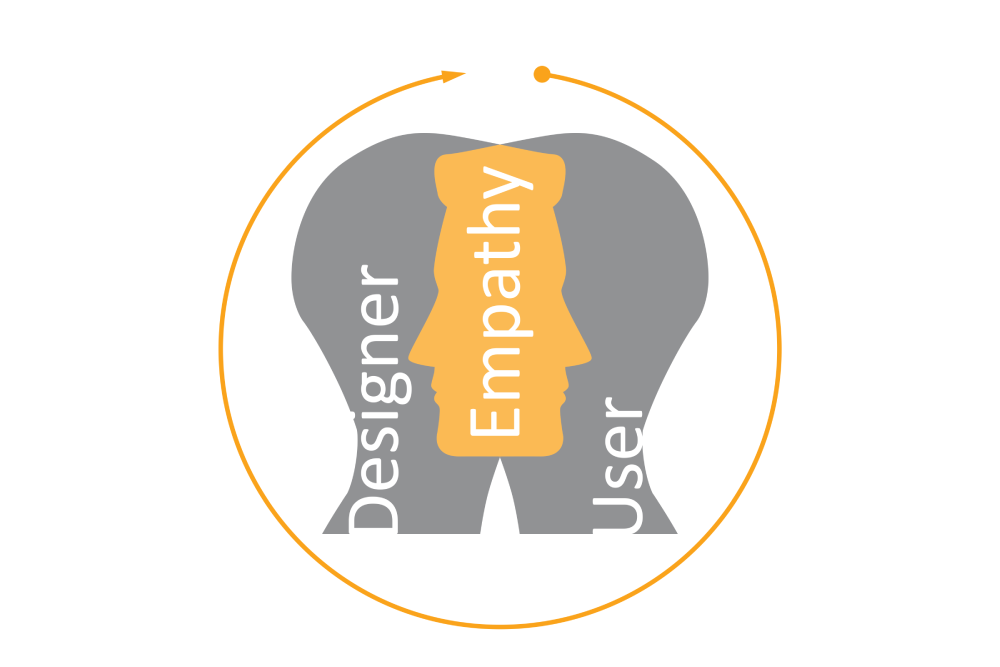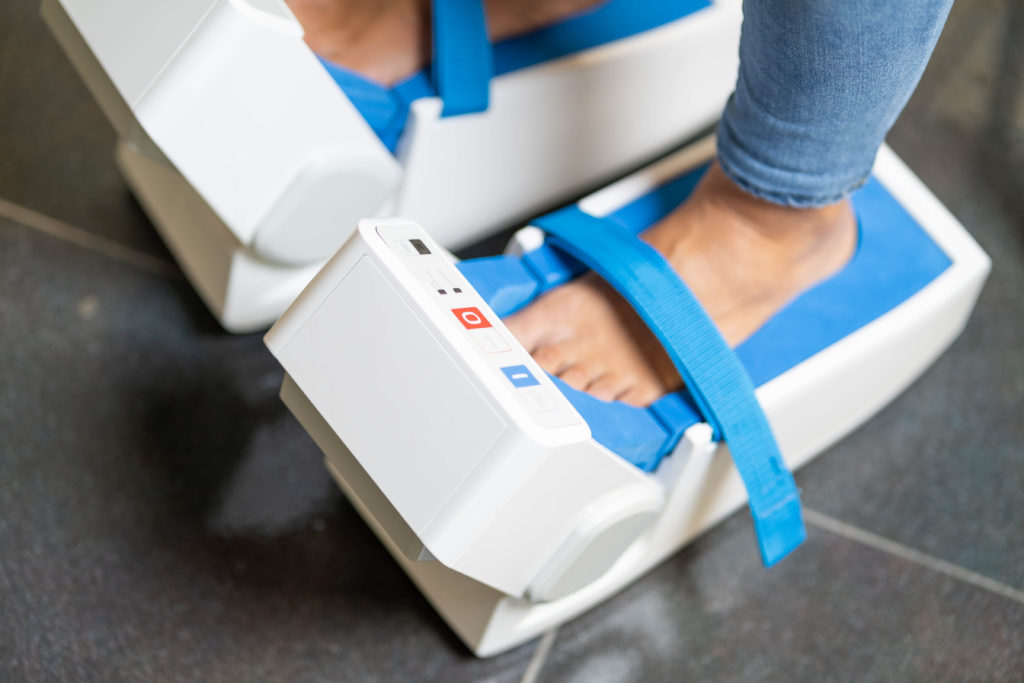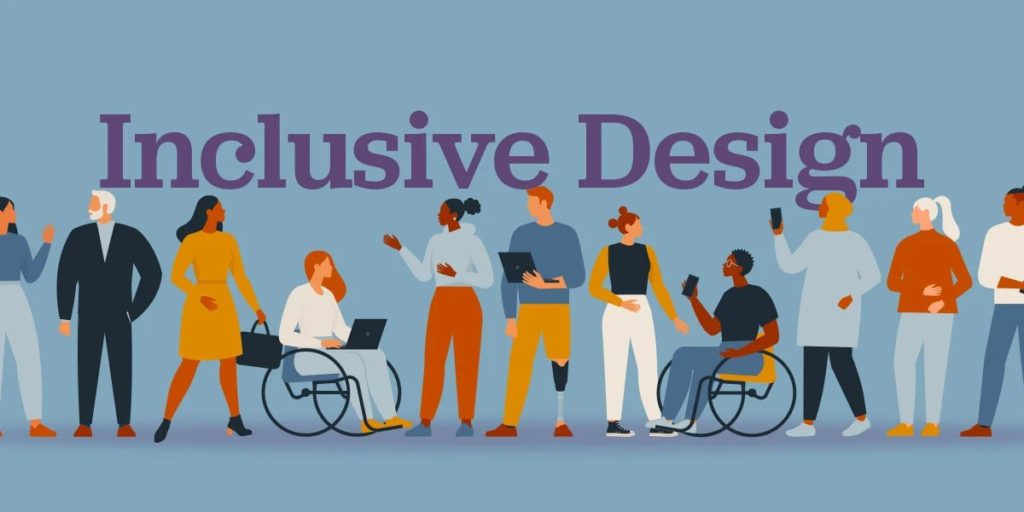Empathy, the ability to share the mental space of another person, is a remarkable tool that holds immense potential for designers. When integrated into the medical device design and development process, empathy empowers designers to craft products and services that effectively cater to the needs of users. In this article, we explore how empathy positively influences the quality of design and we’ll uncover how empathy enhances customer engagement.
Empathy and Design, an Extraordinary Tool for Designers!
Empathy is the ability to share the mental space of another person. It can be an extremely significant design tool for designers. Integrating empathy into the medical device design process allows designers to create products and services that effectively meet the needs of users.
Here’s how empathy can be used as a design tool:
1 – Listening and Immersion: One of the first activities every designer should perform is analyzing the needs of users. It’s important to be able to change perspectives, personally experience and immerse oneself in similar experiences, and focus on users with the most extreme characteristics in order to gather the most objective and non-judgmental data.
2 – Understanding User Needs: Empathic analysis of research, interviews, and observations allows designers to put themselves in the shoes of users and understand their needs, desires, and expectations. This information is crucial for guiding the design process of a medical device.
3 – Creating Innovative Solutions: The emotional intelligence and empathy of designers enable them to create innovative solutions based on user needs. By using the information collected during the initial stages, designers can develop products and services that effectively address challenges and meet user needs. This user-centered approach leads to solutions that adapt to the people using them, improving their overall experience.
4 – Considering the Emotional Aspect of Design: Empathy allows designers to create devices that evoke positive emotions in users. Products that generate emotional connections create lasting engagement. Therefore, it’s crucial to understand how people emotionally interact with products and integrate this awareness into the design experience.
5 – Testing and Iteration: Empathy continues to be a valuable tool during the testing and iteration phases of the design process. By gathering feedback from users, designers can better understand the strengths and areas for improvement in their projects, ensuring that the final product truly meets user needs.

From Good to Great: Can Empathy Take Your Medical Device Design to the Next Level?
Empathy has a significant impact on the quality of design as it allows designers to fully understand the needs and perspectives of users, as we have just seen.
Let’s delve into how empathy positively influences the quality of design:
1 – Balancing Priorities: Changing perspectives and establishing priorities that help defend design choices are essential for project success.
2 – Understanding User Needs: Putting oneself in the users’ shoes allows designers to identify their true needs and develop targeted and effective designs. This leads to real solutions for real problems, thereby improving the overall quality of product and service design.
3 – Creating Engaging Experiences: By understanding users’ emotions, desires, and expectations, empathy enables companies to create emotionally engaging and memorable experiences. This fosters a deeper and more positive connection with the offered product or service.
4 – Fostering Innovation: Empathy is crucial as it encourages creativity and innovation in design. Designers are encouraged to think differently and find unique and creative solutions. This user-centered mindset promotes the development of medical devices and services that stand out in the market for their originality and usefulness, benefiting both users and businesses.

Case Study: Gondola-AMPS Treatment
We are pleased to present an engaging case study regarding the design of an AMPS (Automated Mechanical Peripheral Stimulation) medical device. In this specific project, an empathy-based approach was crucial as the device is dedicated to the treatment of neurological diseases. Our goal was to design a device that went beyond technical functions, placing the users’ needs at the center and creating a simple and positive experience for patients.
We worked closely with a team of doctors and patients to understand the challenges patients face during therapies. One of the main challenges identified was to create a simplified user interface that could be easily used by individuals with motor and cognitive impairments, without causing anxiety or insecurity. We realized that a more empathetic approach could play a crucial role in overcoming these challenges.
To achieve our goal, we introduced reassuring elements such as calming colors (white and blue) and gentle shapes to create an atmosphere of tranquility. Additionally, we worked on an extremely simplified interface with an integrated visual feedback function (LED) to provide patients with visual confirmation, thus reducing insecurity during use.
The end result was a medical device that received extremely positive feedback from patients and medical staff involved in the project. Thanks to an empathy-based approach, we were able to create a device that not only met the required technical functions but also considered the emotional and physical needs of patients.

Empathy Revolution: A Guide to Ethical Empathy-Based Design
When it comes to ethical design, empathy plays a primary role, which can also be extended to the concept of inclusivity. Empathic designers consider the needs of all users, regardless of their abilities, cultural backgrounds, or socioeconomic status.
In a medical context, “design for all” is at the foundation of every activity. Our designers are not only expected to adhere to standard ergonomic norms but also to anticipate that medical devices will be used by individuals with physical or cognitive impairments.
This necessitates an inclusive approach that places people outside the standard and their needs at the center of analysis and design activities. Finding unique solutions for the specific needs of these users is a significant challenge that our designers tackle with utmost attention and creativity. Simplification often leads to excellent results that meet the users’ needs, technical requirements, and customer expectations.
Once again, we appreciate the impact of empathy on the design process and how this sensitivity and attitude of designers are crucial for the success of projects that prioritize users and their needs.

Enhancing Customer Engagement through Empathy-Driven Design plays a fundamental role in customer satisfaction and loyalty.
When a company demonstrates empathy, it creates an emotional connection that goes beyond a simple commercial transaction.
Here’s why empathy is crucial for customer satisfaction and loyalty:
1 – Building Meaningful Relationships: It allows companies to establish authentic relationships with their customers, making them feel truly understood and listened to. This generates a sense of trust and emotional connection, leading to greater brand engagement and a higher likelihood of long-term product or service adoption.
2 – Personalizing the Experience: Empathy enables companies to personalize the customer experience based on their individual needs, preferences, and desires. Understanding each customer’s specific needs allows for targeted solutions that adapt to their requirements. This level of personalization creates a sense of value for the customer and increases overall satisfaction.
3 – Generating Positive Recommendations: A satisfied and loyal customer is more likely to recommend the company to others. People tend to share positive experiences, and these sincere testimonials attract new customers, contributing to the long-term growth and success of the company.
4 – Continuous Improvement of Products and Services: Collecting authentic feedback from customers allows companies to use it to improve their products and services. Understanding customer needs and expectations enables quick adaptation to market changes and the provision of innovative medical devices.5 – Customer Relations: Empathy is crucial not only during the design phase of a medical device but also in managing any issues or customer complaints. The company’s empathetic approach allows for a better understanding of customers’ real frustrations, and with a resolution-focused and compassionate approach, problems can be effectively resolved.

Empathy in design is a key element for success in designing innovative medical devices. Here at Creanova, we firmly believe that empathy is the secret to creating tailored solutions that truly meet user needs. We are passionate about putting people at the center and providing them with engaging, safe, and satisfying experiences. Join us in the empathy revolution in design, and together we will create a better future for the health and well-being of all.
Are you looking for a medical device development partner (CDMO) to make sure your next medical device meets and exceeds all user expectations to maximize the success in the market? Contact us through our form, and we’ll be happy to explore how Creanova can help you with the development of your new medical devices!
